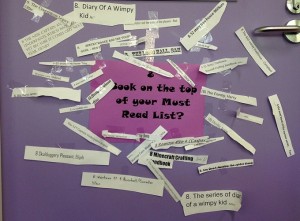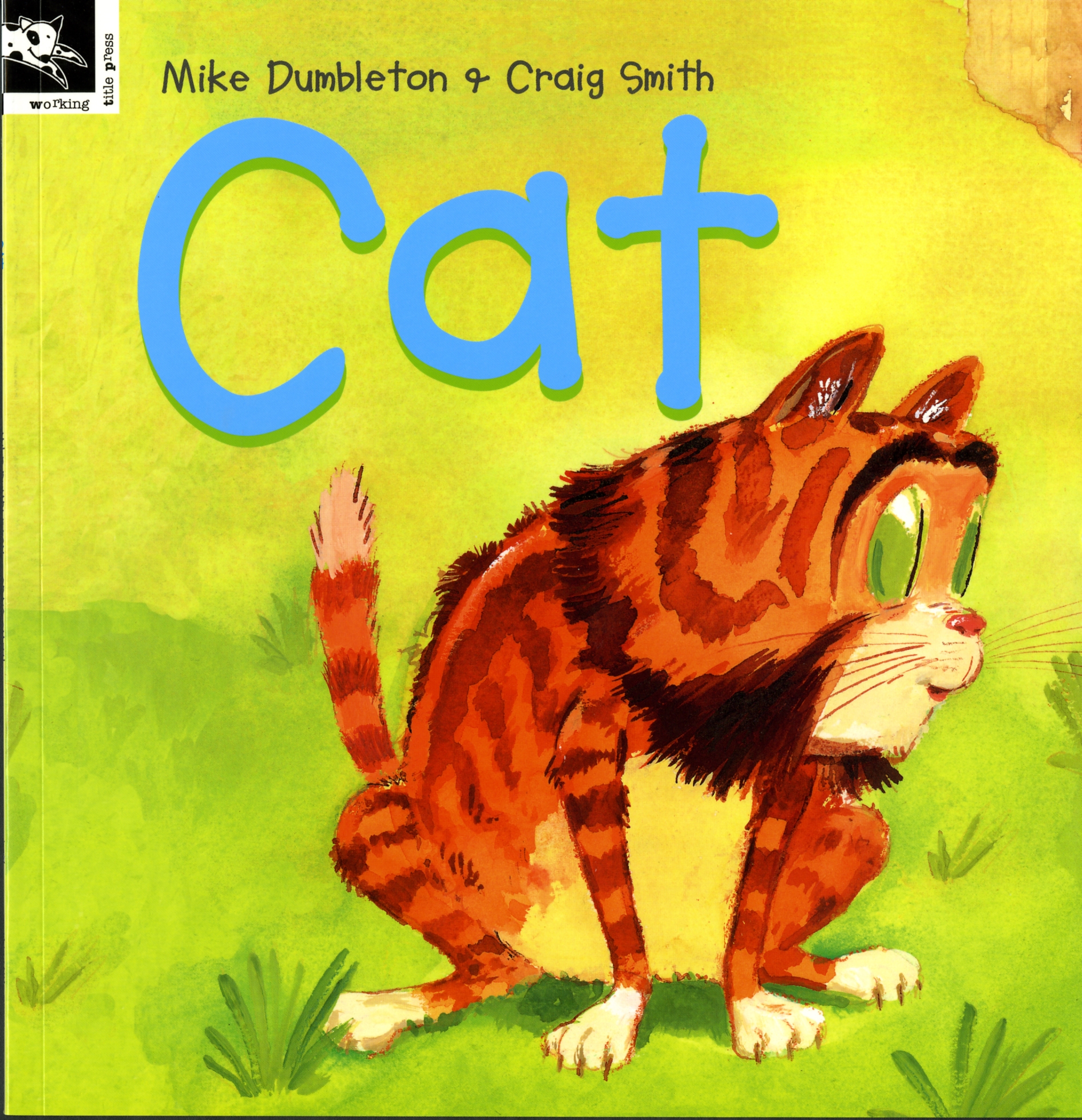Great ideas born of desperation…
Sometimes a planned lesson just isn’t going to work… I had one of those late last term, when my Year 4 class could not settle. In sheer desperation I fell back on the traditional technique of giving out paper and pencils, and pulling out the whiteboard. I didn’t want to do something pointless and timewasting, so I came up with a series of questions focussed on books and reading, and asked everyone to write down their answers, but to keep them secret for a big reveal at the end. We ended up with 15 questions, such as favourite book, book character you’d most like to meet, least interesting book this year. With 10mins to go we stopped and I asked everyone to pick a few answers they’d like to share – hands shot into the air, lifting their owners off the chairs with their enthusiasm to share! I ran through the questions likely to give the most interesting range of responses, and zoomed through the forest of hands as fast as possible to give everyone a chance to speak – and insisted that everyone speak at least once on a question of their choice. Even more fun than the answers were the reactions of their classmates – cries of agreement or disbelief rang out, “I love that one too!”, or “I can’t believe you like that!”. This lesson went so well that I repeated it 3 lessons later with my other Y4 class (last lesson on a Friday, so having something really good is really helpful).
This activity turned out to be such a great way to have my students talking about their reading interests that I decided to take the sharing further. For our next lesson I typed up the questions (having taken photos of the whiteboard list so I didn’t lose it), printed them on different coloured pieces of paper and posted them in different places all around the Library. I asked my classes to type up their answers only. I asked for a minimum of 10 so that boys who are slower to type up work had some leeway built in. I gave them parameters for font size and style, and asked for names on each answer. Then we printed and cut out the answers, and I asked them to stick their replies around the questions. My Library now has 15 very untidy collections of paper strips stuck around coloured questions, and this is the door to my office:
It has been really rewarding though to see the number of students stopping to read the responses, not just from those classes but also older students and some teachers.
For such a simple activity this ended up having a significant impact, reaching well beyond the initial 50 minute library lesson.






